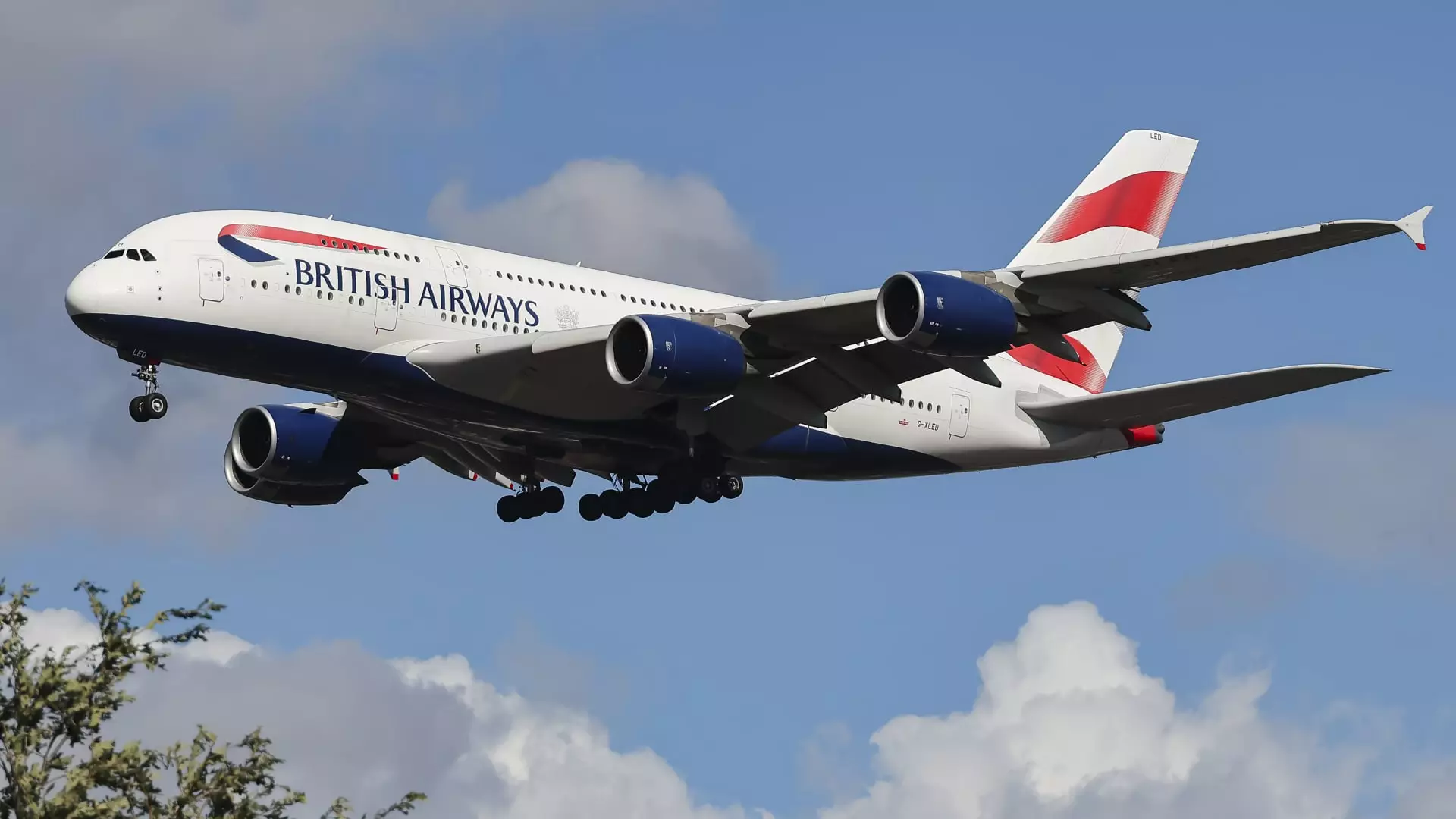In recent months, the global aviation industry has witnessed a significant retreat from the Chinese market. Major international airlines are increasingly curtailing their services, leading to a notable decline in direct flight connections to and from China. This trend is driven by a combination of factors, including escalating operational costs due to geopolitical tensions, shifting travel demand, and a reevaluation of strategic routes. Understanding the implications of this trend requires a deep dive into the dynamics shaping international air travel in the wake of recent global events.
The closure of Russian airspace following the nation’s invasion of Ukraine has imposed substantial operational challenges for many airlines. With European carriers now obligated to reroute their flights over longer distances to reach Asian destinations, the costs associated with fuel and extended travel times have skyrocketed. As a direct result, several airlines are being forced to reconsider their presence in markets that are already struggling with low demand.
Notably, carriers such as Virgin Atlantic and Scandinavian Airlines have announced their complete withdrawal from China, marking the end of significant historical connections. Virgin Atlantic, for example, ended its operations in Hong Kong, a hub it had served for three decades. The significant loss of these routes illustrates how geopolitical tensions are not only reshaping flight paths but also preventing airlines from effectively managing costs to maintain profitability.
As airlines reassess their operations in China, they are also contending with a troubling reality: demand is low. The Chinese economy’s ongoing struggles have rendered international travel unattractive both for outbound tourists and for inbound visitors seeking to experience the region. The stark contrast between pre-pandemic travel figures and the current landscape is telling. In 2019, China welcomed nearly 49 million international visitors, a stark decline to just 17.25 million by mid-2023. This drastic drop in tourism demand has prompted carriers to pull back—not just from China but from global routes that evidently yield insufficient passenger loads.
Moreover, airlines like Qantas pointed to “low demand” as the reason for canceling their Sydney to Shanghai services, displaying a trend of prioritizing more lucrative routes. This is not just a financial readjustment but a strategy aimed at maximizing operational efficacy.
Airline Strategies: Adapt or Perish
As airlines navigate these turbulent waters, shifting strategies is now more crucial than ever. There has been a notable trend among some airlines, such as British Airways, to downgrade the aircraft being deployed on Asian routes. This strategic maneuver allows airlines to maintain their presence on route maps while adjusting capacity to more appropriately align with current demand levels, albeit with smaller, more efficient aircraft like the Boeing 787 replacing larger jetliners.
John Grant, a chief analyst at OAG, refers to this adjustment as “retaining the dot” on the airline route map—essentially keeping routes open even as they reduce the capacity in-flight. Such strategies reveal a balancing act where airlines attempt to prepare for future demand recoveries, banking on the expectation that China will eventually reopen to international travel in a more robust capacity.
Chinese Airlines: The Domestic Perspective
While many international airlines are retreating, Chinese carriers appear poised for a different trajectory. With a reported increase in capacity available for flights between China and Europe, these airlines are demonstrating both resilience and a desperate need for revenue following prolonged financial distress. Recent reports indicate that Chinese airlines are expected to operate 82% of all flights between China and Europe this winter, reflecting a strategic pivot to cater to markets that may prove more lucrative.
Nonetheless, the financial strains felt by Chinese airlines cannot be understated. Despite increased operations, they collectively face challenges recovering from significant losses. The situation is precarious: airlines focused on recapturing market share may amplify competition against their international counterparts, but a two-pronged strategy that combines restoring services with improving profitability will be necessary for a truly sustainable recovery.
The declining presence of global airlines in the Chinese market signals a profound shift in the aviation landscape. As operational costs soar and demand falters, both international and domestic airlines are forced to adapt to a rapidly changing environment. The outlook remains uncertain; however, the adjustments being made suggest a transitional phase, waiting for economic improvements and a stabilization of global relations that could restore the vibrancy of commercial aviation in and out of China. Until then, the aviation industry will continue to grapple with the repercussions of geopolitical dynamics, economic strife, and altered travel behaviors—an unstable trifecta that defines the current state of global aviation.



Leave a Reply